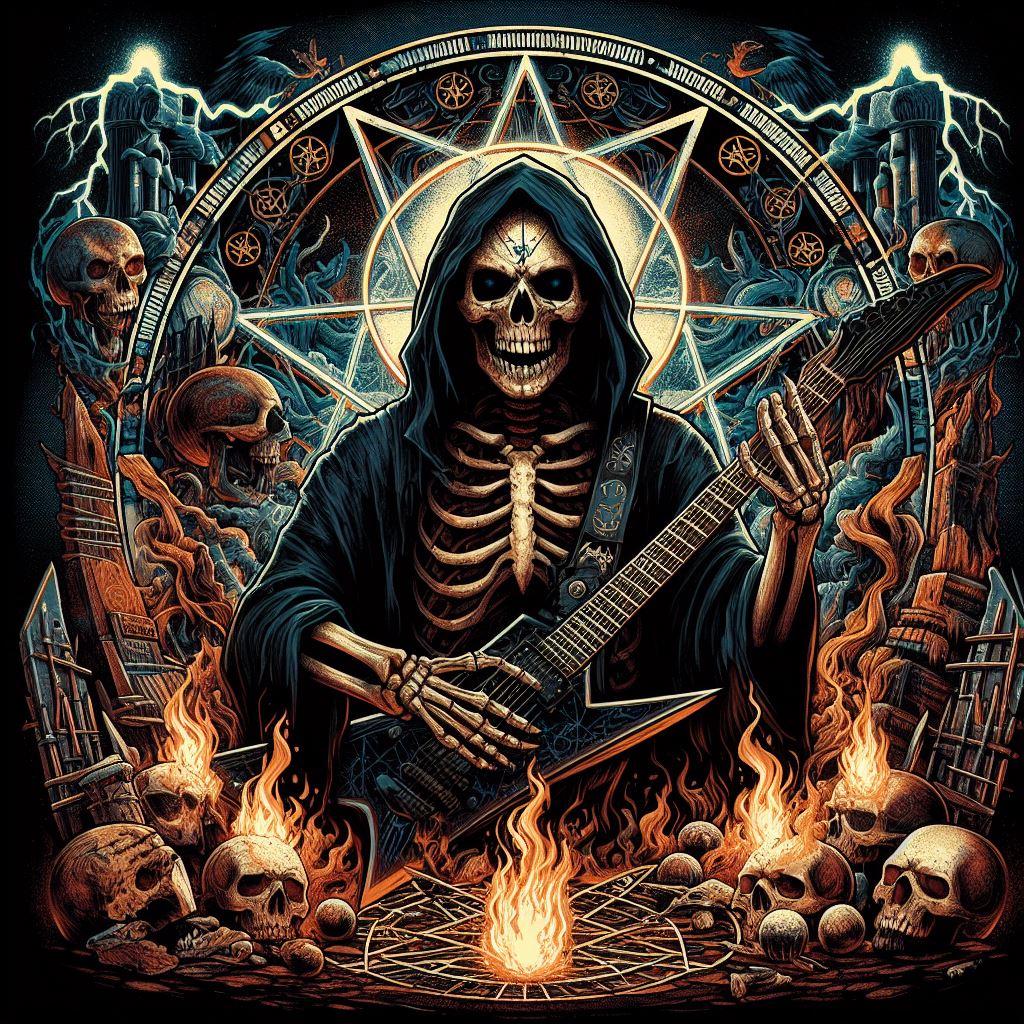The Jesus And Mary Chain: Pioneers of Noise and Shoegaze
Formed in East Kilbride, Scotland in 1983, The Jesus And Mary Chain emerged as one of the most influential and groundbreaking bands in the alternative music scene of the 1980s and 1990s. The band was founded by brothers Jim and William Reid, who were inspired by a diverse range of musical influences, including punk rock, post-punk, and 1960s pop music. The band’s unique sound, characterized by a wall of noise, feedback-drenched guitars, and melodic pop sensibilities, helped pave the way for the noise pop and shoegaze genres that would follow.
The Jesus And Mary Chain’s debut album, “Psychocandy,” released in 1985, is widely regarded as a classic of the era. The album combined the aggression and energy of punk rock with the dreamy, ethereal soundscapes of shoegaze, creating a sonic landscape that was both abrasive and beautiful. Songs like “Just Like Honey” and “Never Understand” showcased the band’s knack for combining catchy melodies with a cacophony of distorted guitars and feedback.
Following the success of “Psychocandy,” The Jesus And Mary Chain continued to push the boundaries of their sound on subsequent albums. “Darklands,” released in 1987, saw the band moving towards a more stripped-down, minimalist approach, with a greater emphasis on songwriting and melody. The album’s title track and “Happy When It Rains” became fan favorites and further solidified the band’s reputation as masters of blending noise and pop.
The band’s third album, “Automatic,” released in 1989, marked a further evolution in their sound. Featuring a more polished production and incorporating elements of electronic music, the album showcased a more experimental side of The Jesus And Mary Chain. Tracks like “Head On” and “Blues From A Gun” demonstrated the band’s ability to incorporate new influences while maintaining their signature sound.
In the early 1990s, The Jesus And Mary Chain released “Honey’s Dead” and “Stoned & Dethroned,” which continued to explore new sonic territory while retaining the band’s trademark sound. “Honey’s Dead” in particular saw the band incorporating elements of grunge and alternative rock into their music, further expanding their sonic palette.
After a brief hiatus in the late 1990s, The Jesus And Mary Chain returned with the album “Munki” in 1998. The album saw the band revisiting their roots, with a raw and energetic sound that harkened back to their early days. Tracks like “I Hate Rock ‘n’ Roll” and “Cracking Up” showcased the band’s enduring ability to create music that was both visceral and melodic.
Throughout their career, The Jesus And Mary Chain have remained true to their vision, constantly pushing the boundaries of their sound and refusing to be confined by genre conventions. Their influence can be heard in the work of countless bands that followed, from shoegaze pioneers like My Bloody Valentine to alternative rock acts like The Smashing Pumpkins.
In conclusion, The Jesus And Mary Chain’s legacy as pioneers of noise and shoegaze cannot be overstated. With their groundbreaking sound and uncompromising approach to music, the band has left an indelible mark on the alternative music landscape. Their music continues to inspire and influence new generations of musicians, ensuring that their legacy will endure for years to come.
